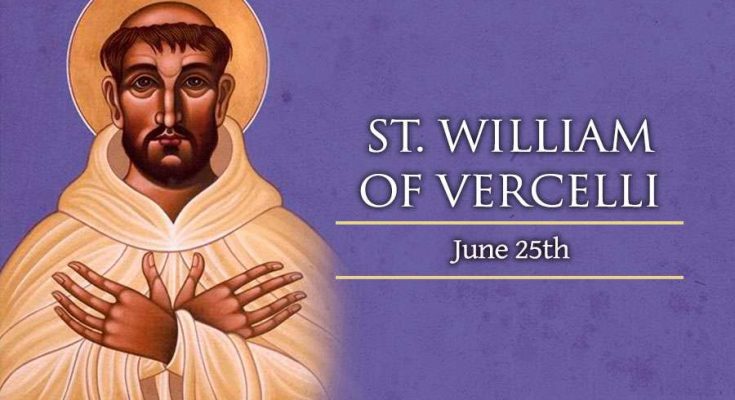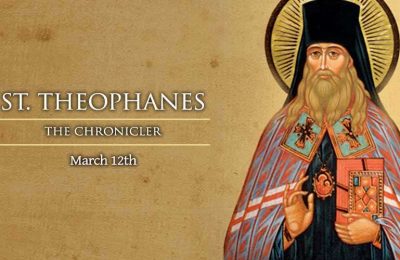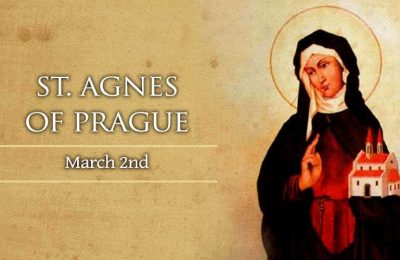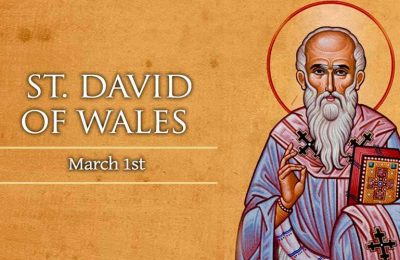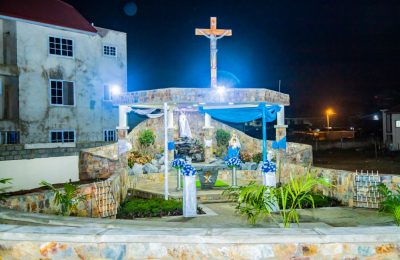William was born in 1085 into a noble family of Vercelli in northwest Italy. He was brought up by a relation after the death of his parents and undertook a pilgrimage to Santiago de Compostela. On his pilgrimage to Compostela, William asked a blacksmith to make an iron implement that would encircle his body and increase his suffering, and wore it throughout the pilgrimage.
After he returned to Italy, he planned to go to Jerusalem. He reached South Italy, but he was beaten up and robbed by thieves. William considered this misfortune a sign of God’s will to stay in South Italy and spread the message of Christ. Because of this, he decided not to travel to Jerusalem anymore but to settle in South Italy, on the summit of Monte Vergine between Nola and Benevento, where he lived as a hermit. He attracted a number of followers and founded the Monastery of Montevergine.
While at Montevergine, William performed a lot of miracles. King Roger II of Sicily served as a patron to William, who founded many monasteries for men and women in Sicily. The Catholic Encyclopedia states that King Roger built a monastery opposite his palace at Salerno in order to have William always near him.
Moreover, his confreres did not tolerate that lifestyle. It was too austere and full of privations. Therefore, he left Montevergine in 1128 and settled on the plains in Goleto, in the territory of Sant’Angelo dei Lombardi, between Campania and Basilicata, where he began a new monastic experience, a double monastery built mostly by women.
Later, he founded several other monasteries of the same rule, but mostly remained in Goleto except for some trips to Apulia. Eventually, he died in Goleto on June 25, 1142. His remains were buried in Goleto, where they stayed until they were transferred to Montevergine on September 2, 1807, as ordered by the king of Naples Gioacchino Murat. Some of his relics are also located in other cathedrals and Italian churches. Catholic tradition states that William foresaw his own imminent death by special revelation.
According to sources, he performed many miracles. The best-known miracle was and still is the Miracle of the Wolf in 1591. Because of this, he is often pictured in the company of a “domesticated” wolf. One day a wolf hunted and killed a donkey the saint used for towing and other tasks. The saint then turned to the wolf and ordered the beast to offer himself to do all the donkey’s previous tasks. The wild beast reportedly became tame, and the people who met the saint were astonished to see such a docile wolf.
Another St Francis. The power of God in us to command. May the humility of St William, teach us that if we are humble, even wild beats will obey our command.
St. William, pray for us. Happy feast day to all William, Bill, Mina and Wilhemina.
Compiled by Elvira Kudiabor




